When the influential American choreographer turned to filmmaking in the 1970s, her output pushed experimental film into a whole new realm
1971 was a pivotal year for Yvonne Rainer, the influential American dancer and choreographer. After a decade of dancing – and by this point a much-revered figure within the industry – Rainer found herself creatively oppressed by the position of authority she’d come to hold. She was frustrated, foggy-headed and left New York City’s tight-knit arts scene for India, where she wrote and considered how she might evoke the emotion of her work in a completely new, more political way.
“I went into a deep funk,” Rainer later wrote, remembering that time. She described herself “flooded with contemptuous feelings toward my culture and my place therein, entertained fantasies of giving up my profession because I no longer had anything meaningful to say…” She’d already experimented with making short films and vignettes which accompanied performances of her dance work, but within a year she made the decisive move into making features.
“I could sense everyone’s curiosity about what Yvonne would do next,” Siobhan Davies, the renowned British choreographer who was studying in New York in 1976, tells AnOther. “She has always kept us lively because she keeps intellectually questioning.” In fact the seven feature films Rainer produced between 1972 and 1992 defined her as one of the most important filmmakers of the period, and of feminist cinema. This month, Siobhan Davies Dance will launch a retrospective of her film work, with the season Yvonne Rainer: The Choreography of Film.

While fans of her work can watch archival clips of her dance work via YouTube, her film work has proven trickier to catch, especially for younger generations. Happily, Yvonne Rainer: The Choreography of Film brings Rainer’s enormously influential experimental works back to the big screen, alongside introductions from a number of scholars and special guests. “Now is a very important time to be looking at Yvonne Rainer’s films because there’s a renewed interest in the experimental filmmaking of the 1970s,” Oliver Fuke, the season’s programmer, tells AnOther. “While her name has often been evoked in the conversations taking place around these events, there haven’t been many screenings of her films.”
“I think it’s interesting that a lot of dance is taking place within a gallery context now,” Fuke explains. “Increasingly more and more artists are working with dance. And more dancers are turning to filmmaking; Yvonne Rainer is a key precursor to all of this activity.”
If you’re new to the films of Yvonne Rainer, you could start with her first two features The Lives of Performers and Film About A Woman Who... “They demonstrated a new direction for experimental film-making,” Fuke explained, “and combined formal exploration with political and emotional concerns.”
On the eve of the launch of Yvonne Rainer: The Choreography of Film, we survey five works that define her cinematic legacy…
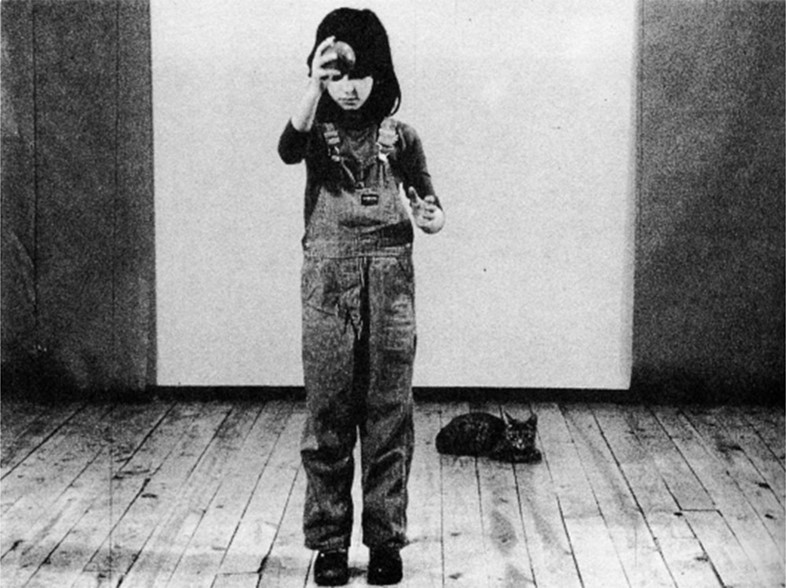
1. The Lives of Performers (1972)
In Rainer’s first feature-length film, she undermines narrative convention from the start, inserting her own directions and questions to performers within the film, and tinkering with the boundaries between documentary and drama. We see a love triangle, an indecisive man, dance rehearsals and a series of 31 production stills from G. W. Pabst’s film, Pandora’s Box.
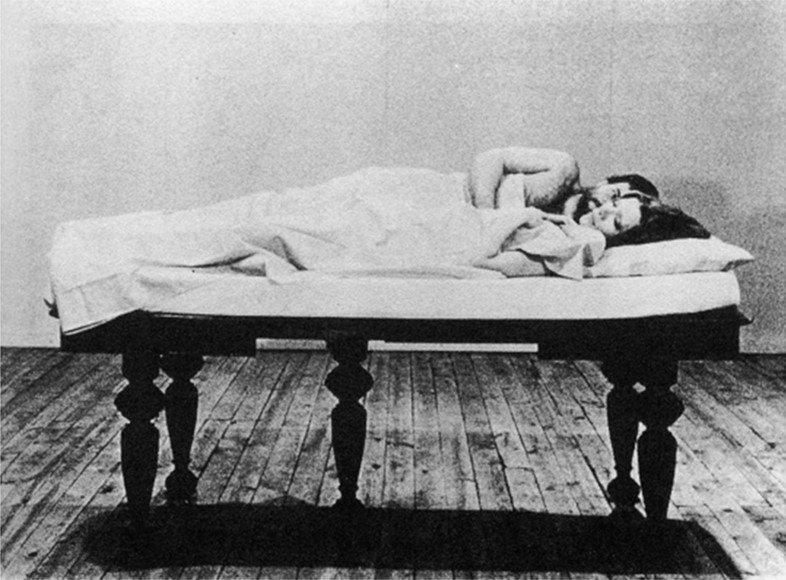
2. Film About A Woman Who… (1974)
As with later works like The Man Who Envied Women, the genesis for A Woman Who… came from Rainer’s earlier dance works. In fact, when she performed that original work This Is The Story of A Woman Who… a year earlier, The New York Times reviewer Don McDonagh recounted his “sense of betrayal” over her “hopelessly sentimental” work. But high emotion is at the centre of this multi-layered film about a woman whose sexual discontentment obscures rage. It explores the tropes of melodrama and soap operas, spliced with choreography inspired by dancer Isadora Duncan and allusions to the how the American press co-opted love letters sent by Angela Davis to activist George Jackson to undermine her political work.
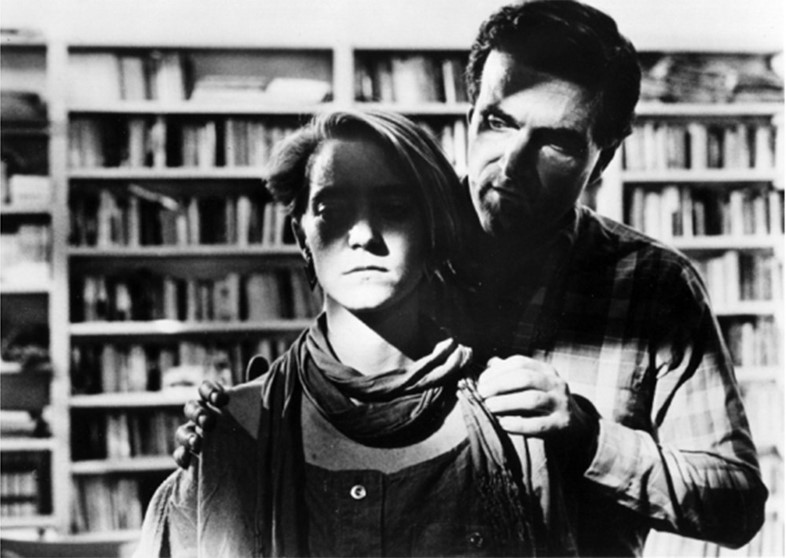
3. The Man Who Envied Women (1985)
In The Man Who Envied Women, “Rainer was revisiting, via feminist film theory, some of the questions that she had first broached in her earlier choreographic and dance work,” Oliver Fuke explains. In this case, that meant subverting the voyeuristic element of the audience’s gaze, and in turn reclaiming control over the male gaze. Though this film centres on 1980s New York and the breakup between Jack, and an artist, Trisha, Trisha is eliminated as a physical form. She’s represented instead by her voice, acted by Rainer’s contemporary, the late choreographer Trisha Brown.
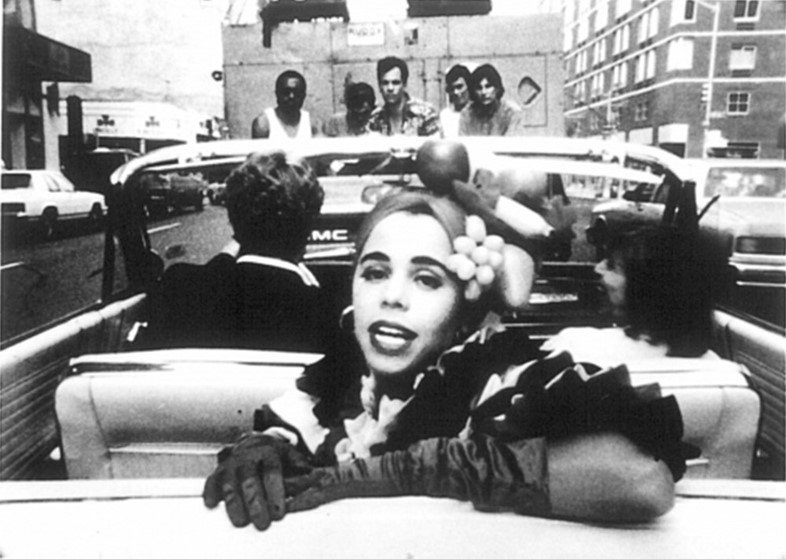
4. Privilege (1990)
In Privilege, the protagonist filmmaker Yvonne Washington is making a documentary about female ageing and the menopause. Interviewing her friend Jenny about her experiences, the conversation unfolds to reveal a complex analysis of the discriminations which occur across age, gender, race and class lines. Privilege stitches together archival and staged footage, as well as documentary, and nudges the audience to consider their own everyday interactions with others.
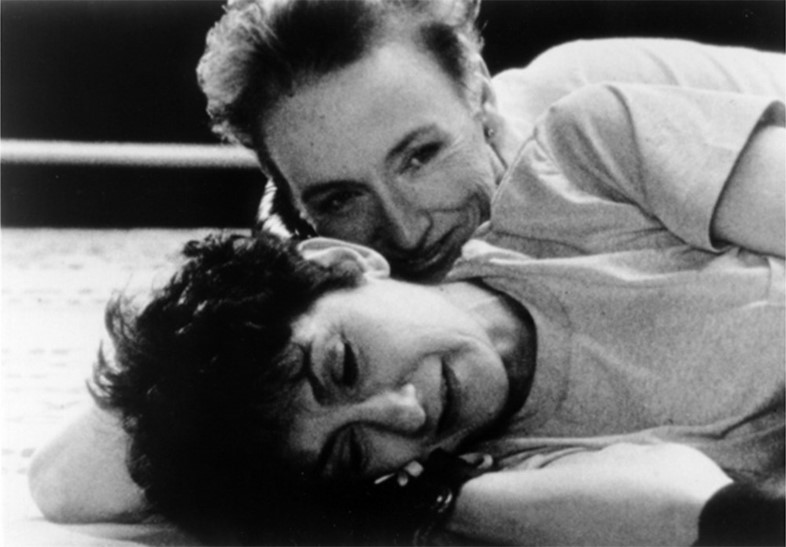
5. MURDER and Murder (1996)
A love story between Mildred, a life-long lesbian, and Doris, who has fallen in love with a woman for the first time, MURDER and Murder reflects on lesbian sexuality, breast cancer and the many versions of ourselves that go… where exactly? Here, a young Mildred, and Doris’s late mother glide through the action, unseen by Mildred and Doris, not as ghosts exactly, but a reminder of what we carry with us in our everyday actions. The film serves as a reminder of the thread which continues through both Rainer’s film and dance work, as Siobhan Davies notes: “Her choreography seemed based in the infinite variety of movements any one of us has…”
Yvonne Rainer: The Choreography of Film runs at Siobhan Davies Dance from February 27 – April 10, 2018. You can see the full programme here.
